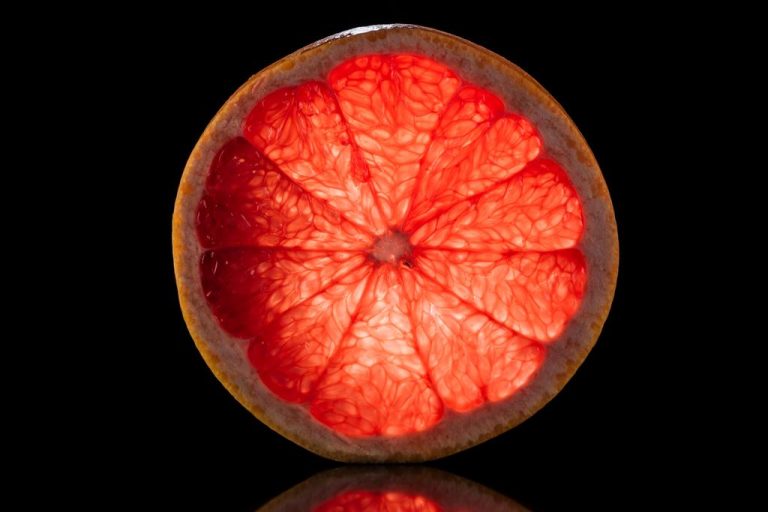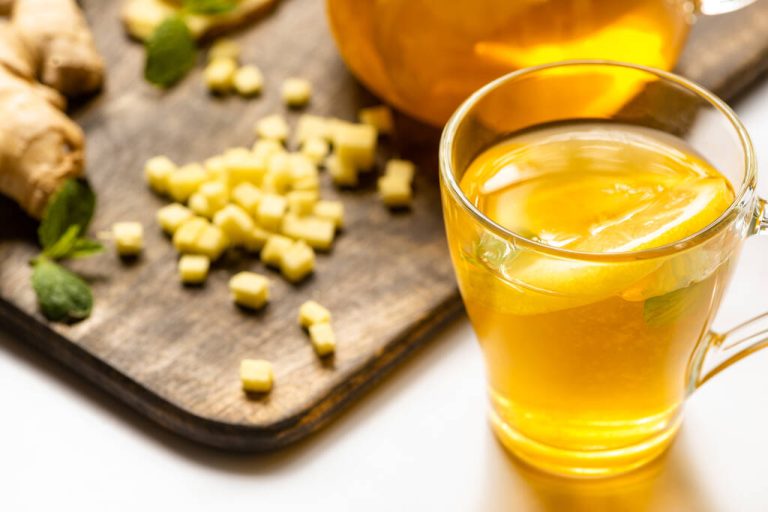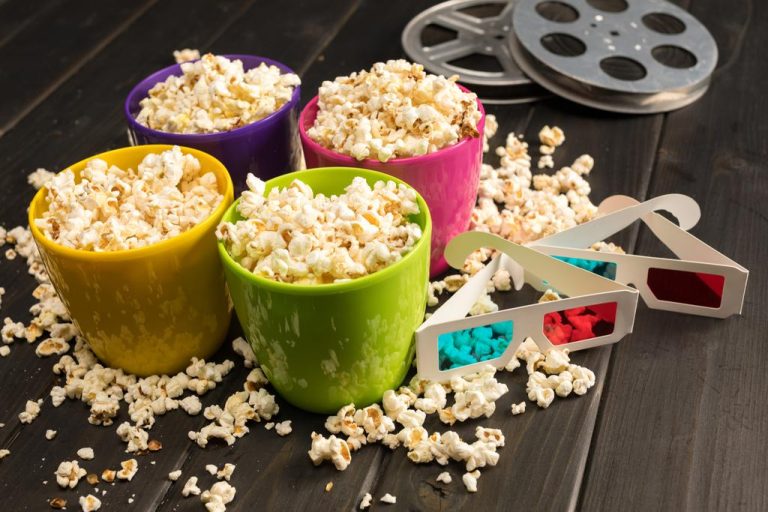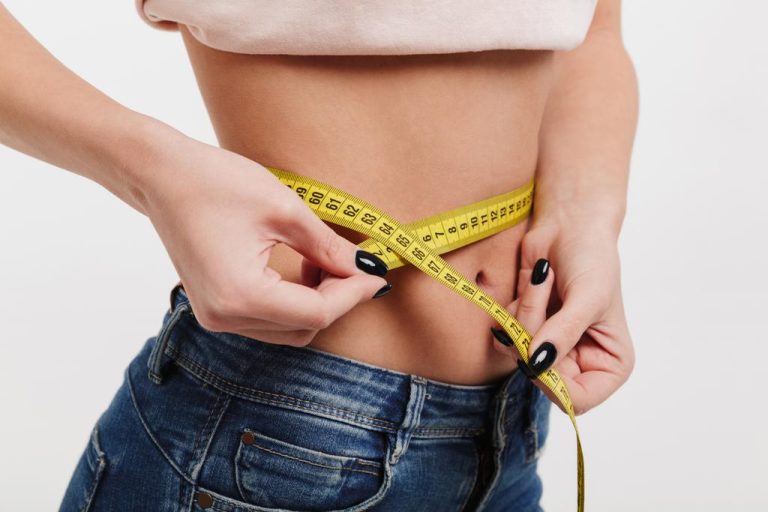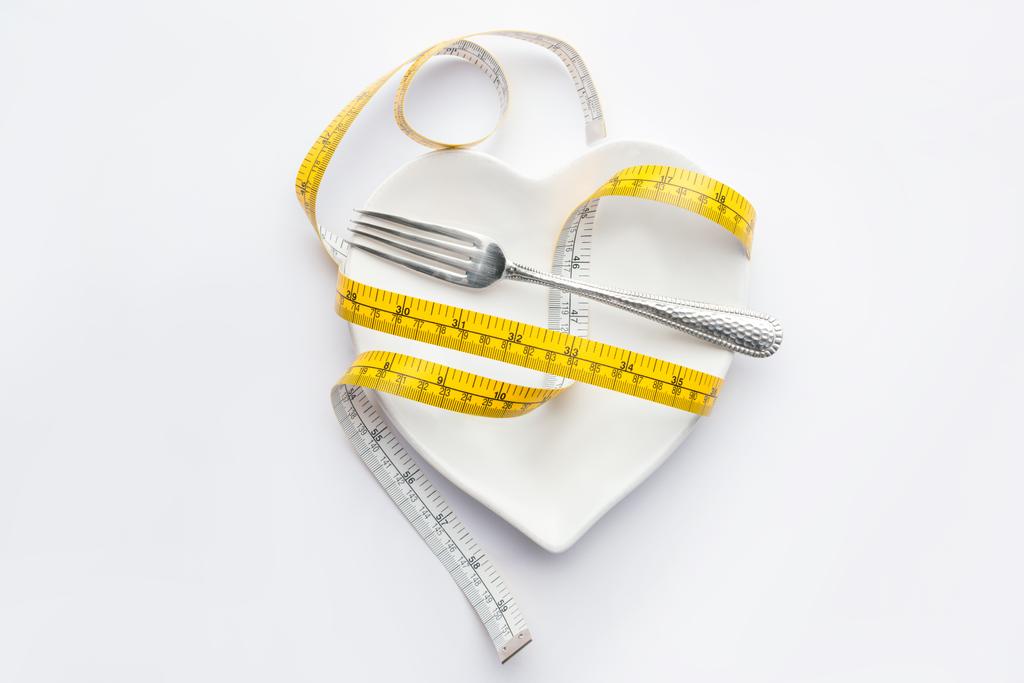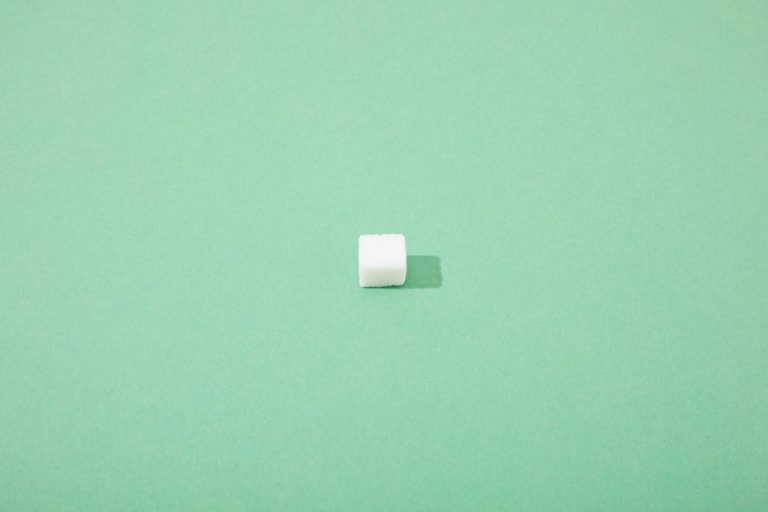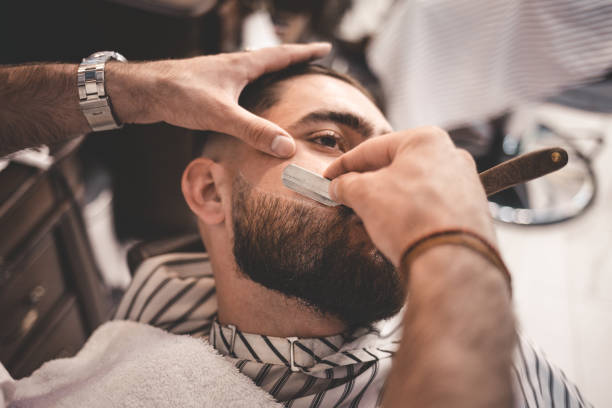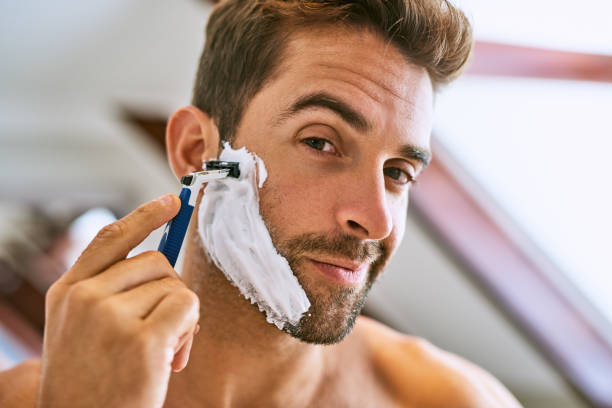It sounds too good to be true: losing weight without dieting can work. We show you which foods stimulate fat burning.
Lots of vitamins and minerals: grapefruit as a true super fruit
It is a real vitamin bomb: the grapefruit. The healthy fruit tastes bitter, but contains a particularly large amount of vitamin C, which promotes the development of connective tissue. The grapefruit owes its color to the dye lycopene, which also makes tomatoes red, for example.
The B vitamins contained in grapefruit, which are particularly important for the development of amino acids, i.e. protein building blocks, also boost the metabolism. The dietary fiber pectin leads to a feeling of satiety and also has a positive effect on blood sugar and cholesterol levels. However, most of the pectin is found in the skin and core of the fruit.
Furthermore, grapefruits also contain many minerals, including potassium, calcium, magnesium, iron and phosphate. Minerals are important for the body, but some of them have to be ingested through food.
Hot spices reduce cravings
Hot spices are also very healthy. The healing effect of the ginger root, for example, has been known in Asian medicine for centuries, according to NDR, and not only helps as a tea for colds. A study from New York proves that the root in water also helps with weight loss.
In food, hot spices such as ginger or chili lead to less cravings for salty, fatty and sweet foods.
The hot substance capsaicin in the chili pepper has an antioxidant and anti-inflammatory effect, as do the substances gingerol and shogaol contained in ginger. According to the Lucerne Health Center, the spiciness contained in chili increases
The vitamins and minerals contained in ginger in addition to the pungent substances, including vitamin C, magnesium, potassium, calcium and iron, are located directly under the peel.
Coffee: Germans’ favorite drink as a calorie burner
Coffee is the favorite drink of the Germans. Whether at work, at home or in a restaurant, on average everyone drinks 162 liters a year. The substances contained should even help with weight loss.
The caffeine in the beans stimulates the so-called thermogenes and, similar to the hot substances in ginger and chili, also boosts fat burning. According to the information platform, coffee should even relieve sore muscles after exercise. But be careful: Too much coffee can also have negative effects and harm the body.
Almonds as a power fruit
It has been known for a long time that nuts are said to help you lose weight. But in addition to walnuts, sweet almonds in particular are particularly good fat burners. Almonds are often counted among the nuts, but they are a plant species of the rose family. The core of the stone fruit is the almond, which botanists therefore count as a fruit.
The fruits contain many vitamins E and B, minerals such as calcium, magnesium, copper and zinc as well as valuable vegetable proteins and roughage. These ingredients and unsaturated fatty acids fill you up without the body absorbing many carbohydrates.
Buttermilk: Slimming through bacteria

The low-fat milk product, which is a by-product of butter production, gets its typically bitter taste from the addition of lactic acid bacteria. Buttermilk has less than 1% fat and is rich in minerals and vitamins.
With around 232 milligrams, just 500 milliliters cover more than 20 percent of the daily calcium requirement recommended by the German Society for Nutrition. This stimulates the breakdown of body fat and thus helps with weight loss. According to the Association for Independent Health Advice, calcium suppresses the production of the hormones calcitriol and parathormone in sufficient quantities, which means that the body stores less fat and fat loss increases.

